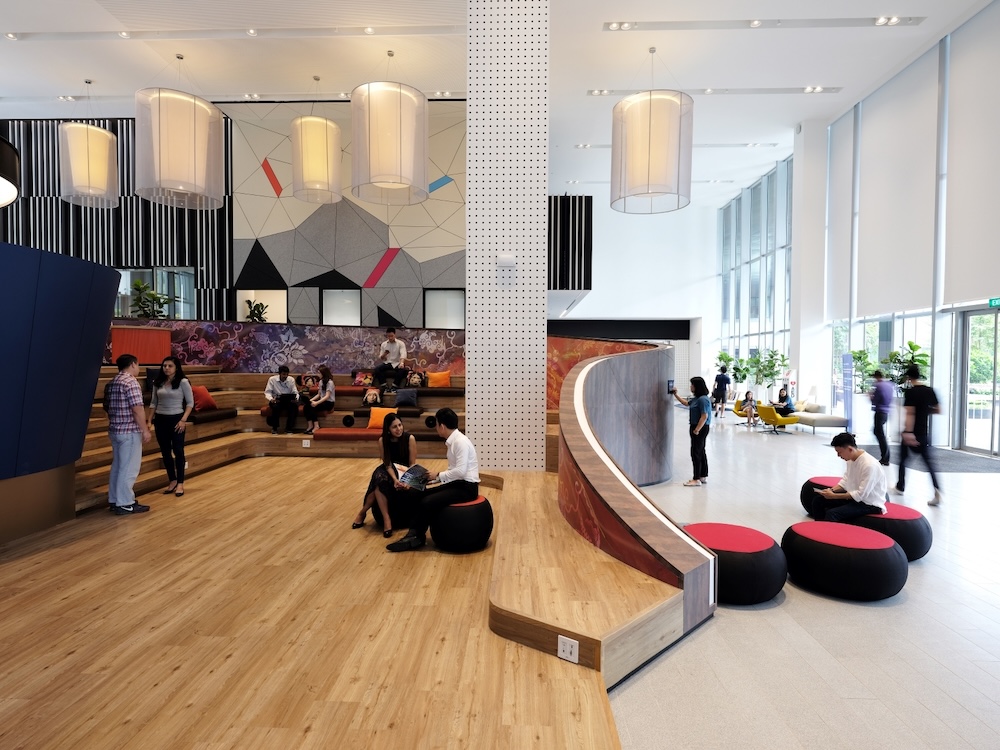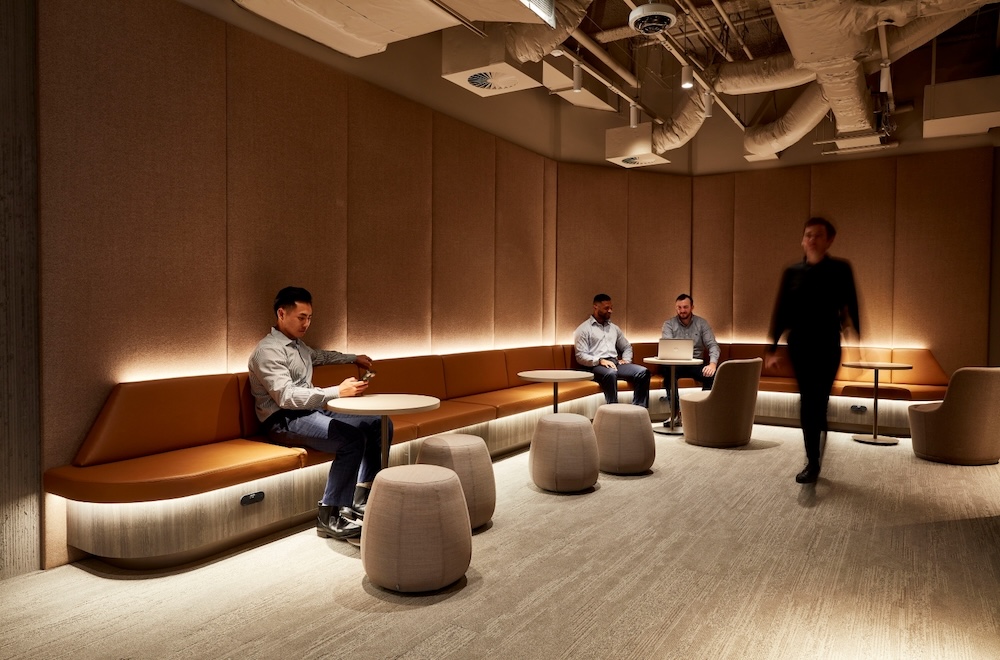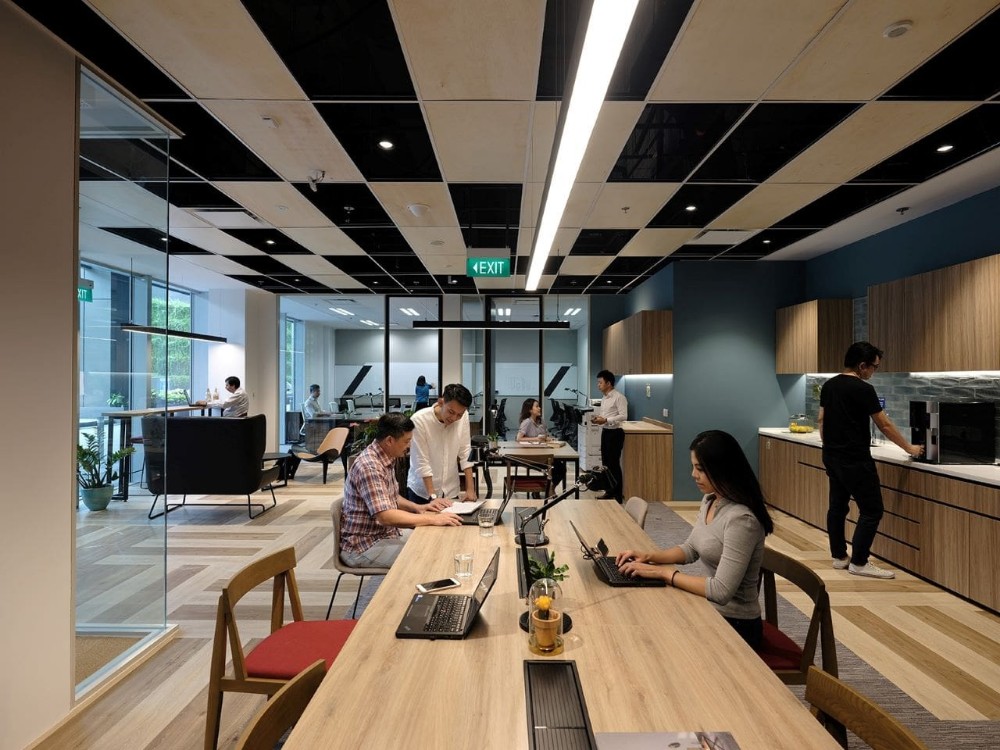No two people work exactly the same. Some thrive on structure and routine, while others need variety and independence to feel energised. In a fast-changing professional landscape, recognising and accommodating different work styles is no longer optional — it’s essential for building resilient teams and fostering meaningful collaboration in the workplace.
In this guide, we’ll explore the types of work styles commonly seen in teams, how they influence team dynamics, and what leaders can do to create environments where diverse working styles don’t clash — they complement.
What are the Different Types of Working Styles
Everyone works differently — some thrive on structure, while others need freedom to innovate. By recognising different work styles, organisations can foster better communication, reduce friction, and build stronger team dynamics. To do this effectively, it helps to explore both formal models and everyday working behaviours.
The DISC Personality Framework
One of the most widely used tools for understanding behaviour in the workplace is the DISC model. This framework classifies individuals into four primary types based on how they respond to tasks, people, and challenges:
- Dominance (D):
Direct, assertive, and results-driven. These individuals are motivated by success and are often comfortable making quick decisions. They may prefer autonomy and fast-paced environments.
- Influence (I):
Energetic, optimistic, and people-oriented. They value relationships, enjoy engaging with others, and thrive in environments where collaboration and recognition are encouraged.
- Steadiness (S):
Calm, supportive, and loyal. These team members often prefer routine and stability, and excel in consistent, harmonious environments. They’re great listeners and team players.
- Conscientiousness (C):
Detail-focused, analytical, and quality-driven. They like structure, precision, and working within defined systems. Often perfectionists, they value doing things “the right way.”
Everyday Work Styles: A Behaviour-Based Lens
In parallel to DISC, many teams use a more intuitive lens to describe how people approach their work day to day. These behavioural work styles often blend characteristics from multiple DISC types, offering a more flexible way to understand individual preferences.
- The Planner:
Highly organised and reliable. They create timelines, track details, and ensure nothing falls through the cracks. Planners often align with Conscientious (C) or Steady (S) types.
- The Doer:
Task-oriented and practical. Doers take initiative, act decisively, and enjoy seeing tangible results. They closely resemble Dominant (D) profiles.
- The Collaborator:
Empathetic and socially aware. Collaborators thrive on teamwork and are energised by helping others succeed. They often reflect Influence (I) and Steady (S) qualities.
- The Visionary:
Big-picture thinkers who love solving problems in innovative ways. They are creative, persuasive, and often aligned with Influence (I) and Dominance (D) styles.
- The Independent:
Self-motivated and resourceful. Independents value autonomy and excel when given freedom to manage their work. They may share traits with both Dominant (D) and Conscientious (C) types.
Comparing the Two: Why Both Matter
|
DISC Profile |
Everyday Work Style |
Key Traits |
|
Dominance (D) |
Doer, Independent |
Results-driven, fast-paced, confident |
|
Influence (I) |
Collaborator, Visionary |
Outgoing, people-centric, persuasive |
|
Steadiness (S) |
Planner, Collaborator |
Consistent, supportive, team-oriented |
|
Conscientiousness (C) |
Planner, Independent |
Analytical, detail-focused, perfectionist |
By recognising both frameworks, managers and teams gain a more nuanced understanding of individual preferences. For example, while a DISC profile might help in tailoring communication styles, observing someone’s behavioural work style can guide how to structure tasks, meetings, or feedback sessions.
The Benefits of Understanding Work Styles

Employees with different work styles working together in at TWP office
Recognising and respecting different working styles isn’t just about creating harmony — it’s a strategic advantage that improves team performance, individual satisfaction, and workplace culture. Here’s how:
1. Better Collaboration Through Empathy and Clarity
When team members understand the varied ways people communicate, process information, and respond to stress, collaboration becomes more intentional. For example, a Planner may feel frustrated by a last-minute request from a Visionary, while a Doer may misinterpret a Collaborator’s need for consensus as indecision.
By identifying these patterns early, your teams can adapt how they approach discussions, meetings, or project timelines — avoiding miscommunication and fostering a culture where everyone feels heard.
2. More Effective Task Delegation and Role Matching
Different working styles come with distinct strengths. When managers are aware of these, they can assign tasks more strategically. A Conscientious (C) type or Planner might excel at project documentation or quality control, while a Dominant (D) or Doer thrives in time-sensitive execution.
Instead of assuming all team members approach work the same way, leveraging each individual’s natural tendencies results in better quality work, higher ownership, and less micromanagement.
3. Stronger, More Balanced Team Dynamics
Teams that blend a variety of styles — such as pairing big-picture thinkers with detail-focused executors — are often more innovative and resilient. While a group of Visionaries may generate exciting ideas, they’ll need a Planner or Independent to turn those ideas into an actionable roadmap.
Understanding these dynamics helps managers build complementary teams, resolve tensions faster, and ensure that no one perspective dominates the group at the expense of progress.
4. Increased Employee Engagement and Retention
People are more engaged when they feel their contributions are valued — not just the outcomes, but also the way they work. For example, an Influence (I) type who thrives on team energy may feel stifled in a solitary role, while a Steady (S) type may feel overwhelmed in a highly reactive environment.
When leaders acknowledge these preferences and make reasonable accommodations — whether through flexible scheduling, hybrid setups, or thoughtful pairing — employees are more likely to feel supported, perform at their best, and remain loyal to the organisation.
5. Smoother Change Management and Conflict Resolution
Workplace change is inevitable, whether it’s a shift in team structure, a new project direction, or updated workflows. Understanding work styles allows managers to predict how different individuals may react and in turn, improve teamwork.
For instance, a Dominant (D) might embrace the challenge head-on, while a Steady (S) may need more reassurance and time to adjust. This foresight enables more personalised communication, smoother transitions, and fewer disruptions.
How to Identify Work Styles Within Your Team
Recognising different work styles starts with observation, communication, and the right tools. Here are several ways you can identify and understand the work styles within your team:
1. Use Frameworks Like DISC and The Work Styles Matrix
Pairing DISC insights with the more role-based Work Styles Matrix can help leaders match personality traits with how team members behave in projects or group settings. For example, someone high in Influence (I) may align closely with the Collaborator style — thriving in social environments and team brainstorming.
2. Encourage Self-Reflection and Open Dialogue
Assessments are helpful, but real insight comes when individuals can reflect on their strengths and preferences. Encourage team members to consider:
- How do they approach deadlines — early planner or last-minute sprinter?
- Do they prefer working alone or with others?
- Do they process ideas best by talking, writing, or mapping things out?
These discussions promote empathy and reveal differences that aren’t always visible on the surface.
3. Observe Interactions in Real Work Contexts
Watch how your team communicates during meetings, handles feedback, or responds to stress. Who steps up to lead? Who prefers behind-the-scenes execution? These behavioural cues can provide more context than assessments alone.
4. Revisit Regularly
Work styles can evolve with time, role changes, or new team dynamics. Regular check-ins and feedback loops help you stay aligned and adjust accordingly.
Applying Work Style Awareness to Team Design
Once you’ve identified the different work styles within your team, the next step is applying that knowledge to how you structure roles, projects, and even your workplace. Here’s how:
1. Curate Balanced Teams
Design project teams with a balance of thinkers and doers, talkers and listeners, planners and action-takers. This not only improves project outcomes but also ensures that each person feels seen and useful.
2. Match Tasks to Strengths
Assign tasks that play to individuals’ strengths. A Conscientious/Planner might lead documentation or compliance-heavy roles, while an Influence/Collaborator could thrive in stakeholder engagement or marketing brainstorms.
3. Adjust Your Management Style
Understanding work styles allows you to flex your leadership. With a Dominant/Doer, be direct and outcome-focused. With a Steady/Collaborator, offer reassurance and allow time for team alignment. This creates a culture where different personalities can thrive under the same roof.
Rethinking Workspaces to Support All Styles
Physical and virtual environments play a role in reinforcing work style awareness. Consider the following workspace strategies:
- Quiet zones and private booths for Independents and Planners who need focus
- Open collaboration areas for Visionaries and Collaborators
- Flexible desk/hotdesk setups to allow movement and autonomy
- Shared lounges or breakout rooms to encourage spontaneous connection
- Hybrid-friendly tech to support remote Steady/Influence types who value connectedness
Modern workplaces, especially coworking spaces in Australia, offer this kind of versatility by design. Shared spaces give individuals more autonomy in choosing how and where they work, while still fostering a collective sense of purpose.
How The Work Project Supports Diverse Work Styles

TWP office in Australia supporting different work styles
At The Work Project, we understand that no two professionals work the same way. That’s why our spaces are designed with intention — to support every type of work style, from the quiet focus of planners to the buzz of spontaneous collaboration for visionaries and influencers.
Whether you need a private suite for deep, independent work or shared lounges that spark cross-team conversations, our coworking environments offer the flexibility and functionality to let your team choose how they work best.
With thoughtfully curated interiors, breakout zones, and hybrid-ready meeting rooms, The Work Project gives your team the space and headspace to thrive.
Ready to create a workplace that adapts to your people, not the other way around? Contact us and discover how The Work Project can support your next chapter.






